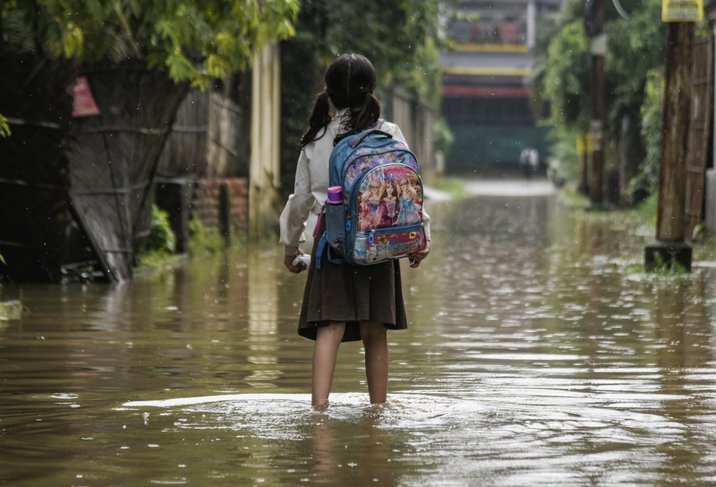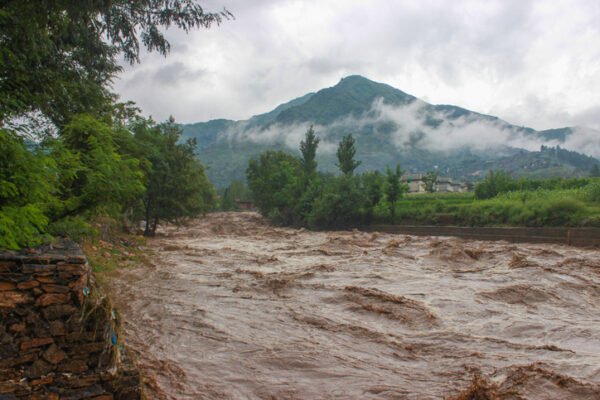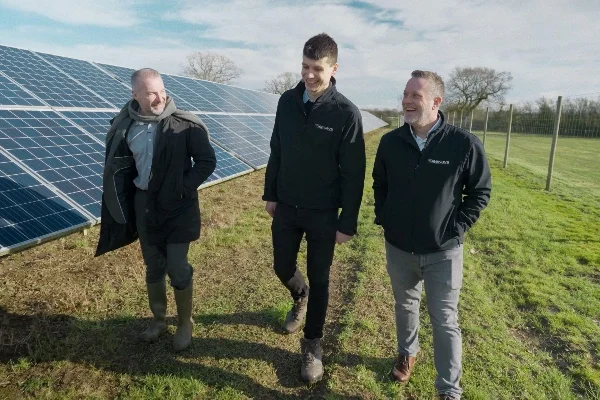La Niña and El Niño
The average global temperature in 2022 was about 1.15°C above the 1850-1900 average.
The cooling influence of La Niña conditions over much of the past three years temporarily reined in the longer term warming trend.
But La Niña ended in March 2023 and an El Niño is forecast to develop in the coming months.
Typically, El Niño increases global temperatures in the year after it develops – in this case this would be 2024.
Warming in the next 5 years
The annual mean global near-surface temperature for each year between 2023 and 2027 is predicted to be between 1.1°C and 1.8°C higher than the 1850-1900 average.
This is used as a baseline because it was before the emission of greenhouse gases from human and industrial activities.
There is a 98% chance of at least one in the next five years beating the temperature record set in 2016, when there was an exceptionally strong El Niño.
The chance of the five-year mean for 2023-2027 being higher than the last five years is also 98%.
Arctic warming and rainfall
Arctic warming is disproportionately high. Compared with the 1991-2020 average, the temperature anomaly is predicted to be more than three times as large as the global mean anomaly when averaged over the next five northern hemisphere extended winters.
Predicted precipitation patterns for the May to September 2023-2027 average, compared with the 1991-2020 average, suggest increased rainfall in the Sahel, northern Europe, Alaska and northern Siberia, and reduced rainfall for this season over the Amazon and parts of Australia.
The Paris Agreement
In addition to increasing global temperatures, human-induced greenhouse gases are leading to more ocean heating and acidification, sea ice and glacier melt, sea level rise and more extreme weather.
The Paris Agreement sets long-term goals to guide all nations to substantially reduce global greenhouse gas emissions to limit the global temperature increase in this century to 2°C while pursuing efforts to limit the increase even further to 1.5°C, to avoid or reduce adverse impacts and related losses and damages.
The Intergovernmental Panel on Climate Change says that climate-related risks for natural and human systems are higher for global warming of 1.5°C than at present, but lower than at 2°C.
Early Warnings for All
The new report was released ahead of the World Meteorological Congress (22 May to 02 June) which will discuss how to strengthen weather and climate services to support climate change adaptation.
Priorities for discussion at Congress include the ongoing Early Warnings for All initiative to protect people from increasingly extreme weather and a new Greenhouse Gas Monitoring Infrastructure to inform climate mitigation.
 Play Video about This Rock Might Just Save The World
Play Video about This Rock Might Just Save The World Play Video about Play 2 hours of rock
Play Video about Play 2 hours of rock Play Video about Play 2 hours of brook
Play Video about Play 2 hours of brook Play Video about Play 2 hours of sheep
Play Video about Play 2 hours of sheep















































